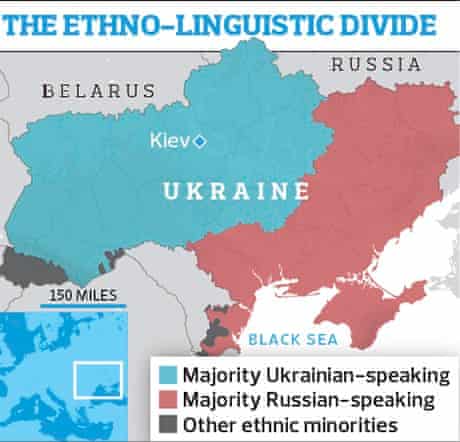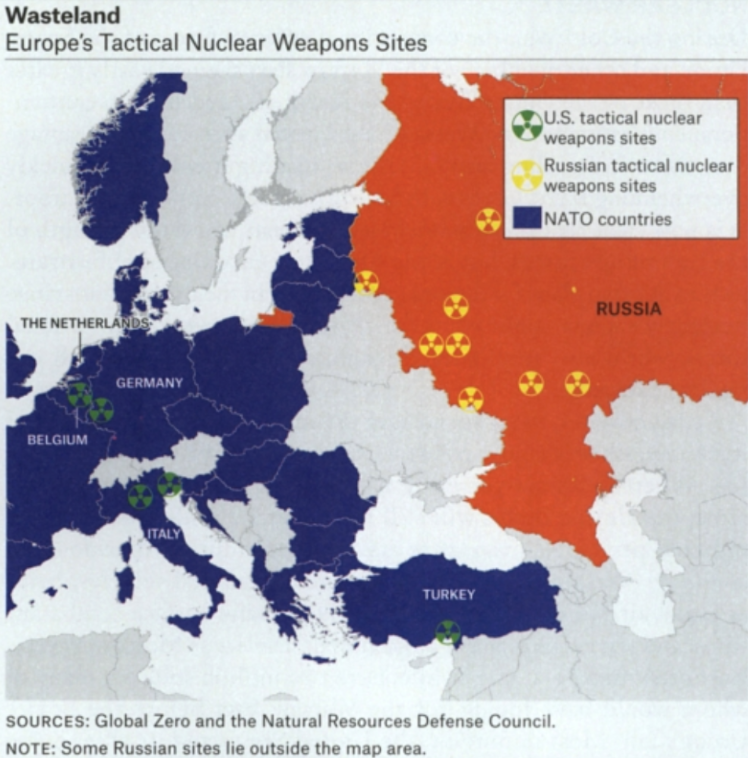
Russia’s full-scale invasion of Ukraine on February 24, 2022, has triggered an intense conflict involving Western countries. Since then, we have witnessed the destruction of cities, the killing of civilians, and a surprisingly effective military resistance from Ukrainian forces in urban areas. On the Russian side, we are observing significant operational and logistical difficulties that seem to hamper the deployment of the military forces and their advancement through critical objectives.
Both sides have so far conducted fairly successful propaganda campaigns: Ukraine is hyping the prospect of possible victory against the invader while Russia controls the messaging and media about the war at home and shields the public from foreign media influence. Despite the positive outlook being spun by Western officials and Ukrainian forces, this article offers a Red Team Analysis* demonstrating that Russian President Vladimir Putin still has a good chance at achieving most of his key strategic objectives. We will focus on two geographic areas where strategic objectives can be accomplished: Ukraine and Europe.
* Red Team Analysis is an imaginative technique, one of the Structured Analytic Techniques (SAT) taught in the “Psychology of Applied Intelligence” course offered in the Master’s in Applied Intelligence program at the Georgetown University School of Continuing Studies.
Strategic Objectives in Ukraine

As Ukraine is slowly falling into the hands of Russia, it’s important to understand what the occupation of Ukraine may look like. It’s becoming more likely that Russia would struggle to keep control of the entire country. One plausible and possible scenario is for Putin to opt for partitioning Ukraine into two territories—East and West Ukraine—based on the natural barrier offered by the Dnieper River. This partition could include Kyiv and the entire shore of the Black Sea. It’s important to understand that East and South Ukraine share cultural attributes with Russian culture and their support for pro-Russian politics was high in the past.
This outcome would achieve a few strategic objectives pursued by Putin in Ukraine: (1) It would definitely block the entry of Ukraine into NATO and the European Union by maintaining a military struggle on its territory. (2) It would maintain a buffer zone between NATO and Russia (West Ukraine) and avoid bringing the battlefield too close to NATO’s border. (3) It would continue to expand Russia’s land grab against former countries of the Soviet Union by controlling East Ukraine, including the entire Ukrainian shore of the Black Sea. (4) It would destroy Ukrainian military forces. (5) It would destabilize neighboring NATO countries with a surge of war refugees.
Strategic Objectives in Europe
As the West continues to support the Ukrainian resistance with lethal defensive military aid and devastating economic sanctions, Russia could resort to using nuclear weapons to tip the situation in its favor. Western countries should not underestimate the possibility of Russia using strategic weapons to curb the Ukrainian resistance and obtain unconditional surrender from Kyiv.
Russia’s military option of using nukes in Ukraine could be supported by two logical arguments: (1) Like U.S. President Harry S. Truman and his advisors concluded in 1945, destroying a city would make an adequate demonstration of force to secure a capitulation while still saving numerous lives by avoiding a long, conventional military campaign. (2) According to the Russian Nuclear Doctrine of 2014: “Russia reserves the right to utilize nuclear weapons in response to aggression against the Russian Federation involving the use of conventional weapons when the very existence of the state is under threat.”
Both arguments are mainly military-driven and are relevant to the ongoing situation in Ukraine. More importantly, the second argument applies to local and regional conflicts, per the Russian Nuclear Doctrine of 2014. Putin may find the use of tactical nuclear weapons justifiable as (1) Western lethal weapons support (javelin missiles and stinger missiles) are causing heavy casualties among Russian military forces, and (2) the country is under severe economic sanctions that threaten its existence. In fact, Putin publicly equated Western economic sanctions to a declaration of war.

Second, Putin could also use nuclear weapons by relocating tactical and strategic warheads in Belarus. On February 28, 2022, the president of Belarus won a referendum aimed at ditching the country’s non-nuclear status. Putin could take advantage of its current nuclear deterrence force readiness to move or attempt to move nuclear weapons in Belarus and directly “deter” the West from interfering in the Ukrainian conflict by threatening key European cities. Belarus already agreed to this deal in December 2021 and offered to participate in nuclear exercises with Russia in mid-February 2022. This would destabilize the existing nuclear deterrence and dominance of the West over continental Europe and violate the Budapest Memorandum on Security Assurances (1994). If Putin uses nuclear weapons in Ukraine and deploys missiles in Belarus, he could achieve an ultimate objective: maintain the status quo in new NATO memberships by deterring countries like Georgia, Finland, and Sweden from joining the alliance under nuclear blackmail.
As Putin weighs his military options in Ukraine, Western leaders should not underestimate that he could still achieve crucial strategic objectives despite early military setbacks. The use of strategic weapons could become a logical and justifiable choice in Putin’s mind to subdue Ukraine into surrendering and achieve his agenda in Europe. The use of nuclear weapons in Ukraine as part of an “escalate to de-escalate” doctrine is a plausible and possible scenario if Putin is politically cornered and facing a military defeat.

